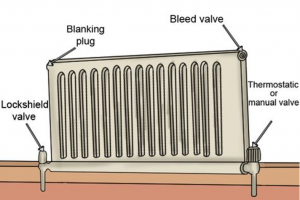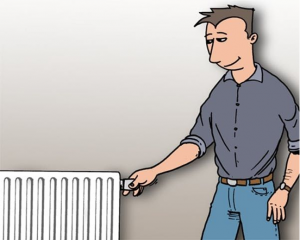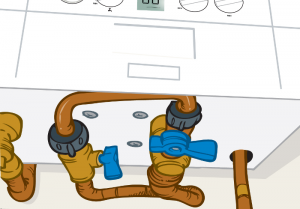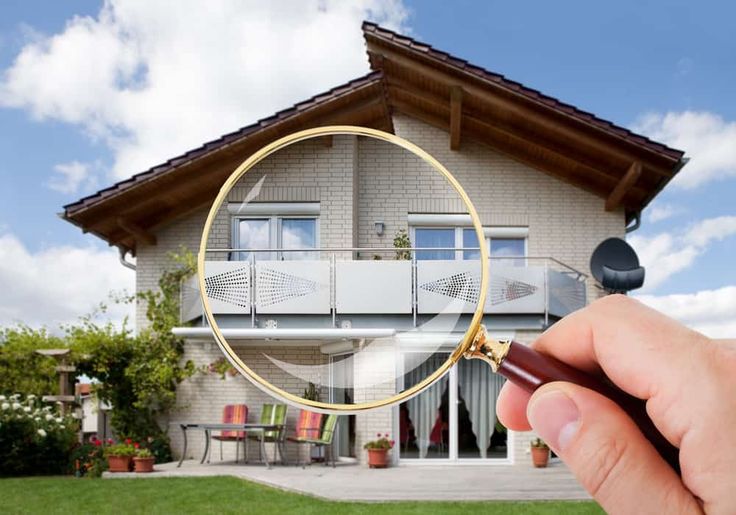How to Bleed Your Radiators
- September 29, 2025
- Loyton Remekie
- 12:41 pm
Step-by-Step Guide
Tools Needed:
- Radiator bleed key (or a flat-head screwdriver for modern valves)
- Cloth or small towel
- Bowl or container (to catch any drips)
- Optional: Gloves (for safety if radiators are warm)
Step 1: Turn Off Your Heating System
Before you begin, switch off your central heating system and let the radiators cool down completely. Bleeding hot radiators can be dangerous.

Step 2: Locate the Bleed Valve
Each radiator has a small valve—usually at the top corner.
- Use your radiator bleed key (or screwdriver) to fit into the square-shaped valve.
Step 3: Protect the Area
Place dry cloth and or a water collection bowl underneath the valve to catch any escaping water.
Step 4: Open the Valve Slowly

- Turn the bleed key anti-clockwise about a quarter-turn.
- You’ll hear a hissing sound—that’s the trapped air escaping.
- When water starts to trickle out steadily, the air is gone.
🛑 Important: Once water flows, quickly turn the valve clockwise to close it.
Step 5: Repeat for Other Radiators
Start with the radiator furthest from your boiler and work your way toward it, bleeding each one individually.
Step 6: Check Your Boiler Pressure
Bleeding radiators can lower your system’s pressure.
- Check the pressure gauge on your boiler.
- If it’s below 1 bar, re-pressurise the system using the boiler’s filling loop (refer to your boiler manual).
Step 7: Turn the Heating Back On
Once all radiators are bled and pressure is restored, switch your heating back on.

- Check that all radiators are heating up evenly.
- Enjoy the improved warmth and energy efficiency!
Pro Tips:
- Bleed your radiators once or twice a year, ideally before winter.
- If you’re constantly losing pressure or still have cold spots, it might be time to call a professional—there could be a deeper issue like sludge or a faulty pump.
📞 Call us on +44 7309 471249
📧 Email: bookings@ripplesurvey.com
🌐 Visit: www.ripplesurvey.com

